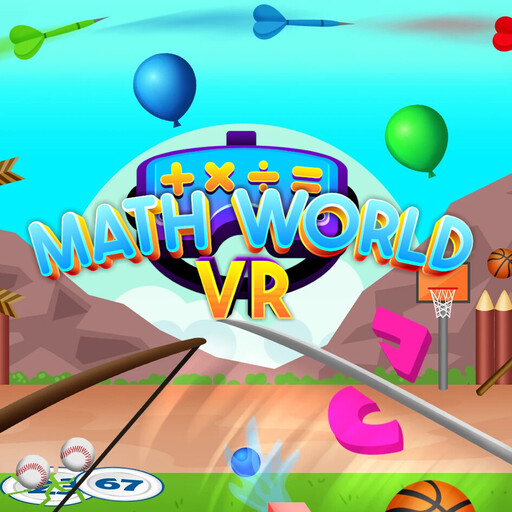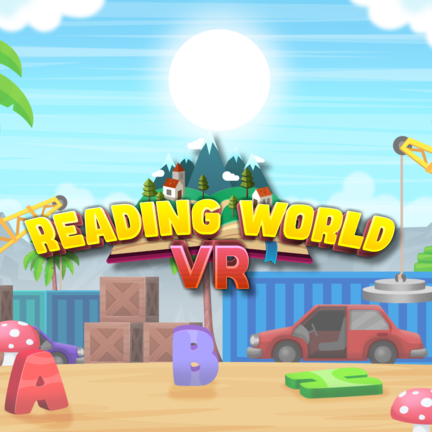Virtual Reality (VR) has taken the education world by storm, promising a revolution in how students learn and retain information. But beyond the excitement of immersive experiences lies a fascinating scientific story . How VR impacts the way our brains process information and ultimately, how well we remember what we’ve learned.
This blog post looks into the science behind VR learning, exploring the cognitive processes at play and their influence on retention and recall. By understanding how our brains interact with VR environments, educators and developers can create even more effective learning experiences.
Immersion and the Power of Multisensory Engagement
One of VR’s key strengths is its ability to create immersive experiences that engage multiple senses. Unlike traditional learning methods that primarily rely on sight and sound, VR environments stimulate the visual, auditory, and even kinesthetic (bodily movement) senses. This multisensory engagement triggers a cascade of cognitive processes that enhance learning and memory formation.
- Enhanced Attention and Focus. When we’re fully immersed in a VR environment, our brains prioritize processing the vast amount of sensory information bombarding us. This heightened state of attention allows for deeper focus on the learning objectives embedded within the VR experience. Distractions from the real world are minimized, leading to a more concentrated learning environment.
- Spatial Memory and Mental Maps. VR excels at creating realistic 3D spaces that learners can explore and interact with. This spatial immersion activates areas of the brain responsible for spatial memory and navigation. Imagine exploring the human body in a VR anatomy program, where you can not only see organs in detail but also move around them, creating a mental map of their spatial relationships.
- Emotional Engagement and Memory Consolidation. When VR experiences are designed with compelling narratives or scenarios that evoke emotions, the learning process becomes more impactful. Emotions play a crucial role in memory consolidation, the process by which short-term memories are transformed into long-term ones. Learning tied to emotional experiences is more likely to be remembered and readily recalled.
Active Learning and the Benefits of Embodied Interactions
VR learning goes beyond passive observation; it allows students to actively participate in the learning process. This active engagement strengthens memory formation through several cognitive mechanisms:
- Embodied Cognition. In VR, users interact with the virtual environment through their bodies, manipulating objects, navigating spaces, and performing actions. This embodied interaction activates similar brain regions as real-world physical experiences. Imagine practicing a surgical procedure in a VR simulation – the embodied experience strengthens memory connections compared to simply watching a video demonstration.
- Deeper Understanding Through Exploration. VR environments offer learners the freedom to explore and experiment. This active exploration encourages students to construct their own understanding of the concepts being presented. Imagine dissecting a virtual frog in a biology VR program – the process of manipulating and examining the virtual anatomy fosters a deeper understanding compared to a static textbook diagram.
- Error Correction and Skill Development. VR simulations can provide safe and controlled environments to make mistakes and learn from them. Students can practice complex skills like performing lab experiments, conducting public presentations, or navigating social interactions without real-world consequences. This allows for error correction and skill development through repeated practice within the VR environment.

The Power of Place and the “Memory Palace” Effect
Humans are wired to connect memories with specific locations. This is evident in the concept of the “memory palace,” a mnemonic technique where we mentally place memories within a familiar environment to enhance recall. VR leverages this innate ability by creating virtual spaces that serve as anchors for learning.
Imagine a student exploring the ancient city of Rome in a VR program. As they walk through virtual streets, interact with historical figures, and witness key events, information becomes connected to specific locations within the VR environment. This spatial association strengthens memory pathways, making it easier to recall details and historical context later.
Active Learning and Neuroplasticity
The human brain is not a static organ – it possesses the remarkable ability to adapt and change throughout our lives. This phenomenon, known as neuroplasticity, allows our brains to form new neural connections and strengthen existing ones based on experiences and learning.
VR learning actively engages various brain regions. This stimulates the creation of new neural pathways and strengthening existing connections related to the learned material. For instance, a VR program teaching students about the human anatomy might activate visual and spatial areas of the brain as students manipulate virtual organs. These repeated interactions solidify neural pathways, improving recall and comprehension of anatomical structures.
The Role of Emotion and Episodic Memory
Learning experiences that evoke emotional responses are more likely to be remembered. VR has the potential to create emotionally engaging narratives and scenarios that connect learners with the material on a deeper level. This emotional connection strengthens episodic memory, the type of memory responsible for encoding and retrieving specific events and experiences.
Imagine a student participating in a VR simulation of a pivotal historical event, like the signing of the Declaration of Independence. The immersive experience, coupled with the emotional weight of the historical moment, creates a stronger memory impression compared to passively reading about the event in a textbook.
Beyond Engagement: The Importance of Scaffolding and Repetition
While VR’s ability to engage learners is undeniable, effective learning experiences require more than just immersion. Cognitive overload, the state where the brain receives more information than it can process effectively, can hinder learning in VR environments just as it can in traditional settings.
To optimize learning and retention, VR experiences should be scaffolded. This provides appropriate levels of guidance and support tailored to the learner’s needs. This might involve introductory tutorials, graded difficulty levels, or in-experience prompts that guide users towards learning objectives.
Furthermore, effective learning requires repetition and spaced practice. VR experiences can be designed to encourage revisiting key concepts through re-playable modules or spaced repetition techniques that reinforce learning over time.
Conclusion
By understanding the cognitive processes associated with VR learning, educators and developers can design immersive experiences that optimize information processing and memory consolidation. VR’s ability to create engaging, multisensory environments combined with active learning opportunities fosters deeper understanding and enhances memory retention. VR technology continues to develop and become more accessible. Its potential to revolutionize education by harnessing the power of our brains to learn and remember is truly exciting.








